Shoulder Sport Injury

The shoulder is a complex structure made up of many muscles, tendons, ligaments, joints, and more. Each of these structures interacts in a way that allows our shoulder joint to be one of the most mobile joints in our body. However, the cost of having such a complex system is the increased chance a small dysfunction can lead to significant impairment. Three of the most common conditions to affect the shoulder are:
- Muscle/ligament tears
- Tendinitis
- Shoulder impingement
Rotator Cuff Tears
How does this injury occur?
The rotator cuff is a group of 4 muscles that, when contracted, allow your arm and shoulder to move freely. Injuries to these muscles usually occur with trauma or with sudden strong pulling or lifting overhead motion.
What can I do to get better?
- Stop and Rest. Stop your exercises/sports immediately. If pain is severe, a shoulder sling to immobilize the joint is helpful to prevent re-aggravating the injury.
- Check and Treat. A tear to the one of the rotator cuff tendons can range from a minor tear to a complete rupture. Check with our doctors for an accurate diagnosis. Acupuncture is advised in helping the body speed up the process of dispersing the inflammation and treating the damaged muscles. Chiropractic can help restore normal range of motion to the joint quicker and to relieve joint stiffness.
- Rehab and Recovery. Our doctors will setup a personalized exercise plan for you that will help you return to 100% function. A safe and effective exercise that is often a first step following severe shoulder injury is shoulder pendulums. To do this exercise, lean forward and let your arm hang in front of you. Perform small circles that gradually get bigger to move the shoulder joint without aggravating the injured muscles. Depending on the severity of the tear, recovery may take anywhere from 2 weeks to 3 months. Complete muscle tears require surgery for a full recovery.
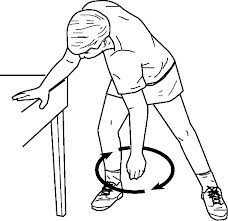
Rotator Cuff Tendinitis
How do I get tendinitis?
Tendinitis is inflammation and irritation that occurs to a tendon, leading to pain whenever the tendon is contracted or moved. Tendinitis is usually a condition that develops from repetitive overuse that wears away at the tendon over time. Athletes playing sports that require repetitive overhead motion are most at risk for developing this condition. Examples of such sports are baseball, tennis, and swimmers.
What can I do to get better?
- Stop and Rest. Stop your exercises/sports immediately. If pain is severe, a shoulder sling to immobilize the joint is helpful to prevent re-aggravating the injury.
- Check and Treat. Check with our doctors for an accurate diagnosis. It’s important to differentiate tendinitis from other more severe conditions that require intervention. Acupuncture is advised in helping the body speed up the process of dispersing the inflammation and treating the damaged muscles. Chiropractic can help restore normal range of motion to the joint quicker and to relieve joint stiffness.
- Rehab and Recovery. Our doctors will create a personalized exercise plan tailored to your condition. Because tendinitis can be chronic, rehab should be performed to strengthen the muscles affected and prevent further flare-ups once the pain has gone down. An example of a strengthening exercise is the resistance band external rotation exercise. This can be performed with a resistance band and something to attach it to. With your elbow bent at 90 degrees and resting on your abdomen and your hand holding an outstretched resistance band across the opposite side, move your lower arm outwards while keeping the elbow in place.
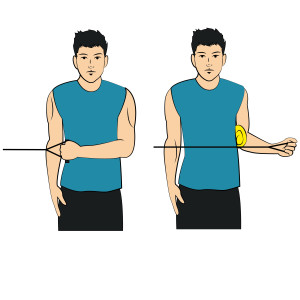
Shoulder Impingement
What is it and how does it happen?
Shoulder impingement syndrome is also known as thrower’s shoulder or swimmer’s shoulder. It occurs when the rotator cuff tendons are repetitively compressed under the subacromial space. Anything that causes narrowing of the subacromial space will lead to pain and irritation of the tendons which pass through. This can be caused by variation in the shape of the acromion, subacromial bone spurs, or thickening of the tendon itself.
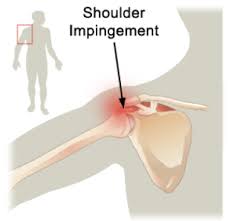
What can I do to get better?
- Stop and Rest. It is important to stop the offending activity that caused the syndrome in the first place and allow the inflammation to disperse. Once adequate time has passed, retraining the shoulder muscles properly should begin.
- Check and Treat. Check with our doctors for an accurate diagnosis. It’s important to differentiate impingement from other more severe conditions that require intervention. Acupuncture is advised in helping the body speed up the process of dispersing the inflammation and treating the muscles. Chiropractic can help restore normal range of motion to the joint quicker and to relieve joint stiffness.
- Rehab and Recovery. A good stretch to try is the doorway chest stretch. This can be performed by placing your hand on a open doorway with your elbow bent at 90 degrees. Then, lean your torso forward while keeping your arm fixed on the doorway to stretch the pectoral muscles. Impingement in general may take longer to treat and rehab. 6-8 weeks will be needed to recovery and follow-up retraining may take 2-3 months. If the primary cause of the impingement is a bony deformity or bone spur, arthroscopic surgery is also an option if conservative care does not relieve symptoms.
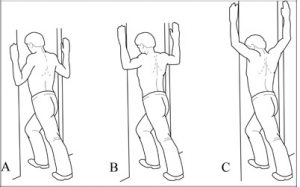

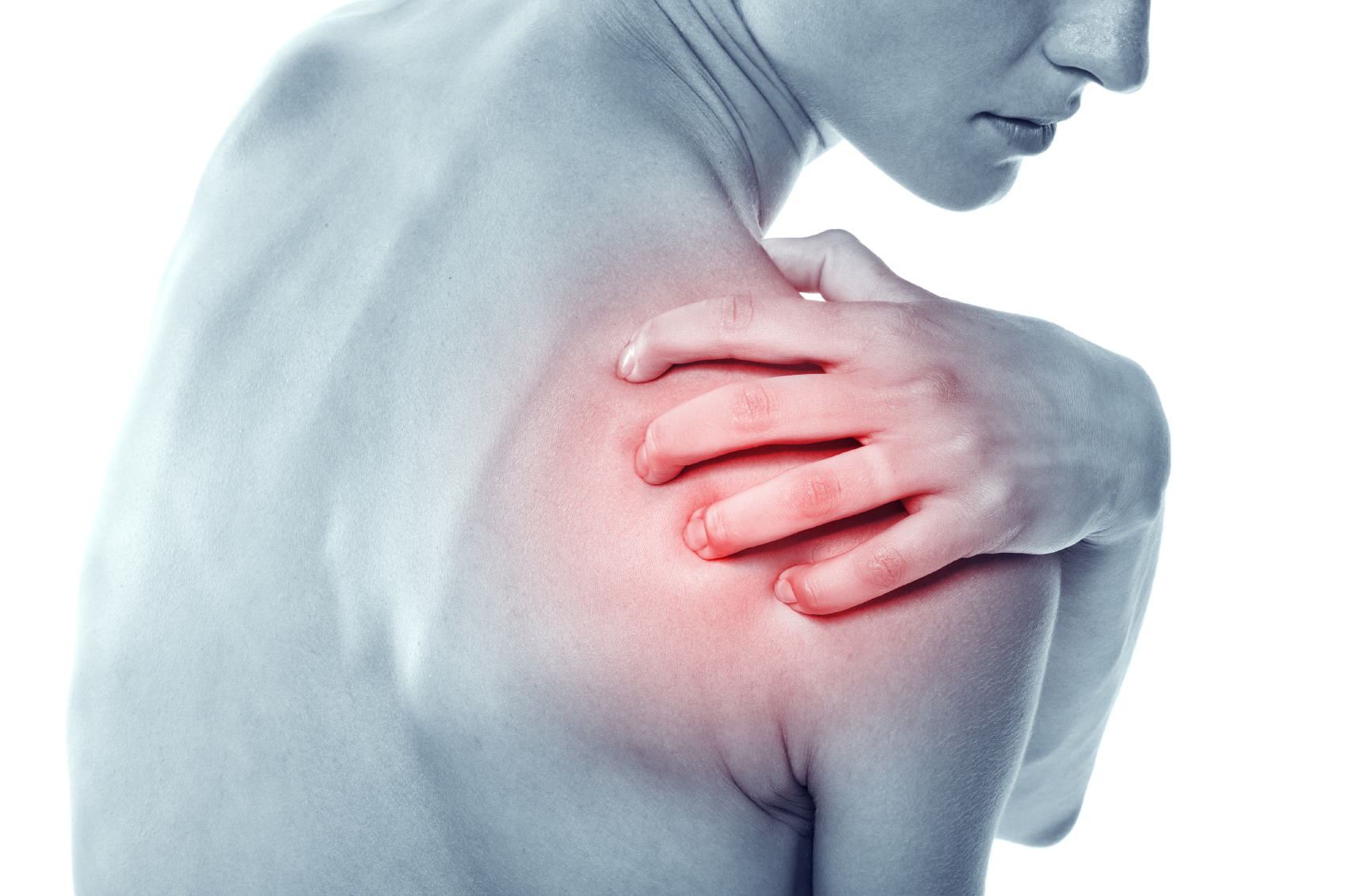
Quality post! I??ve bookmark this page to come back later. thanks!